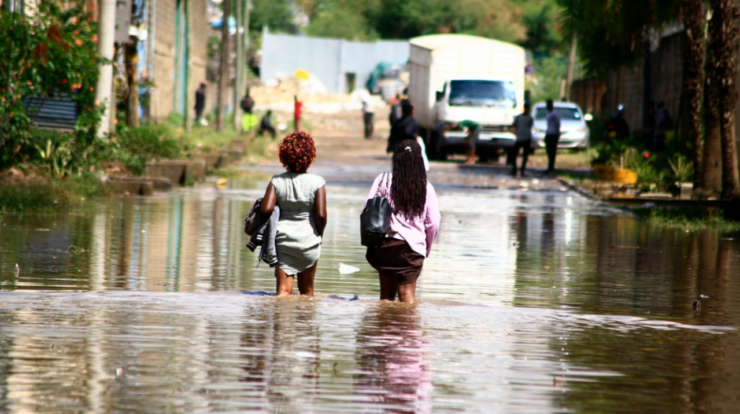
Kenya nairobi flooding – Kenya’s capital city, Nairobi, has become increasingly vulnerable to devastating floods, posing significant challenges to its infrastructure, economy, and the well-being of its residents. This article delves into the causes, impacts, and mitigation strategies related to flooding in Nairobi, exploring the complex interplay between climate change, urbanization, and the city’s resilience.
Flooding has emerged as a persistent threat to Nairobi’s urban landscape, with heavy rainfall overwhelming drainage systems and leading to widespread inundation. The consequences are far-reaching, damaging buildings, roads, and other infrastructure, disrupting businesses, and causing economic losses.
Overview of Kenya Nairobi Flooding

Flooding has been a persistent issue in Nairobi, Kenya, with severe consequences for the city’s infrastructure, economy, and population. The city’s rapid urbanization, coupled with inadequate drainage systems and climate change, has exacerbated the frequency and intensity of flooding events.
Causes and Contributing Factors
Climate change has played a significant role in increasing the intensity and frequency of rainfall in Nairobi, leading to increased runoff and flooding. Urbanization has also contributed to the problem, as the expansion of impervious surfaces reduces water infiltration and increases surface runoff.
Poor drainage systems and inadequate infrastructure further compound the issue. Many drainage channels are clogged with debris and vegetation, reducing their capacity to drain water effectively.
Impact of Flooding, Kenya nairobi flooding
Flooding in Nairobi has caused extensive damage to buildings, roads, and other infrastructure. The economic losses due to flooding are substantial, including business disruptions, loss of productivity, and damage to property.
Flooding also has significant social and health impacts. Displaced residents face challenges with shelter, food, and clean water. Disease outbreaks, such as cholera and malaria, are also common during and after flooding events.
Final Summary
Addressing flooding in Nairobi requires a multifaceted approach that combines structural measures, such as improved drainage systems and flood control infrastructure, with non-structural measures, such as early warning systems, public education campaigns, and community engagement. By investing in sustainable urban development practices and fostering collaboration among stakeholders, Nairobi can enhance its resilience to flooding and create a more livable and sustainable city for its residents.
Common Queries
What are the primary causes of flooding in Nairobi?
Flooding in Nairobi is primarily attributed to a combination of factors, including intense rainfall, inadequate drainage systems, urbanization, deforestation, and land use changes that disrupt natural water flow and absorption.
How does climate change contribute to flooding in Nairobi?
Climate change exacerbates flooding in Nairobi by increasing the frequency and intensity of heavy rainfall events. Rising temperatures lead to more evaporation and subsequent precipitation, resulting in more extreme rainfall patterns.
What are the economic impacts of flooding in Nairobi?
Flooding causes significant economic losses in Nairobi, disrupting businesses, damaging infrastructure, and reducing productivity. The costs associated with repairs, recovery, and lost revenue can strain the city’s economy and hinder development.





